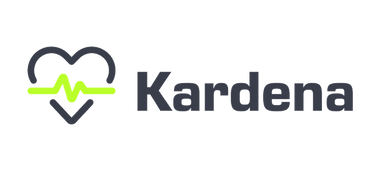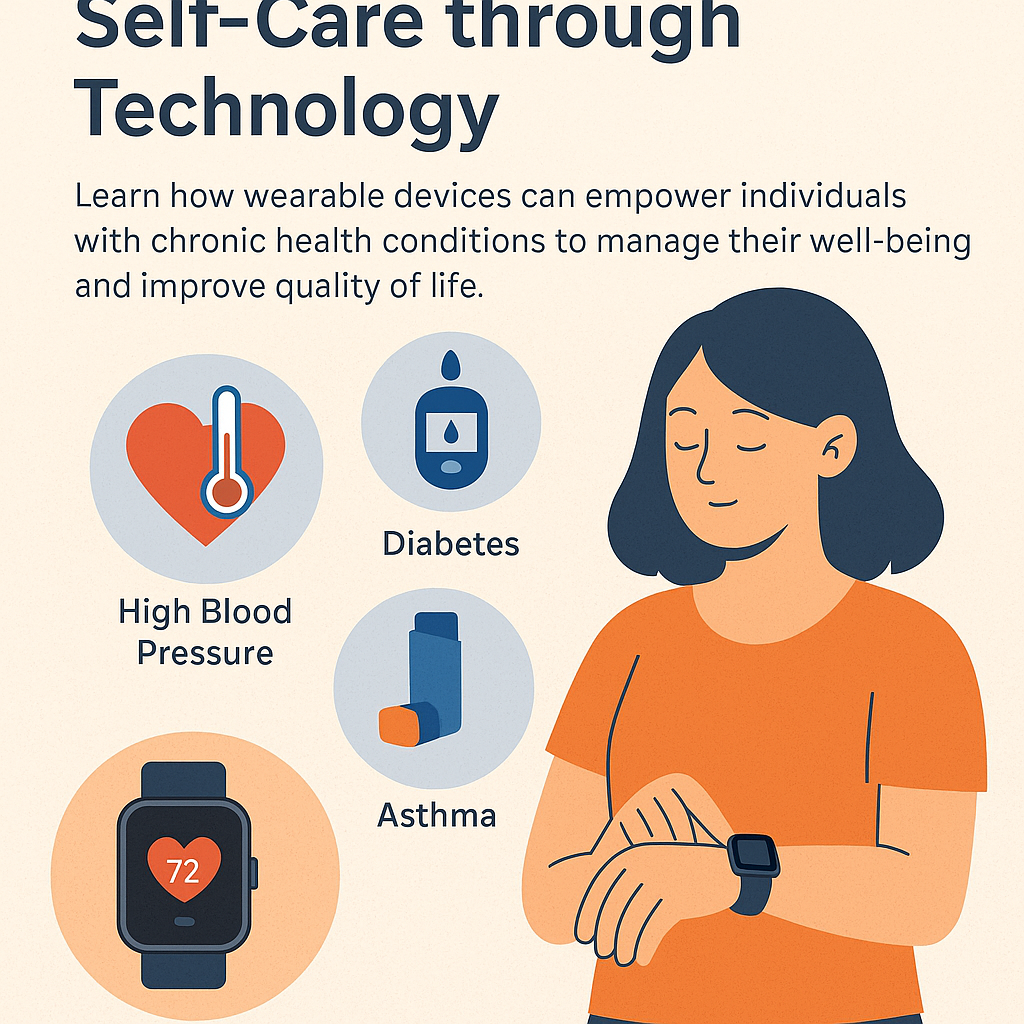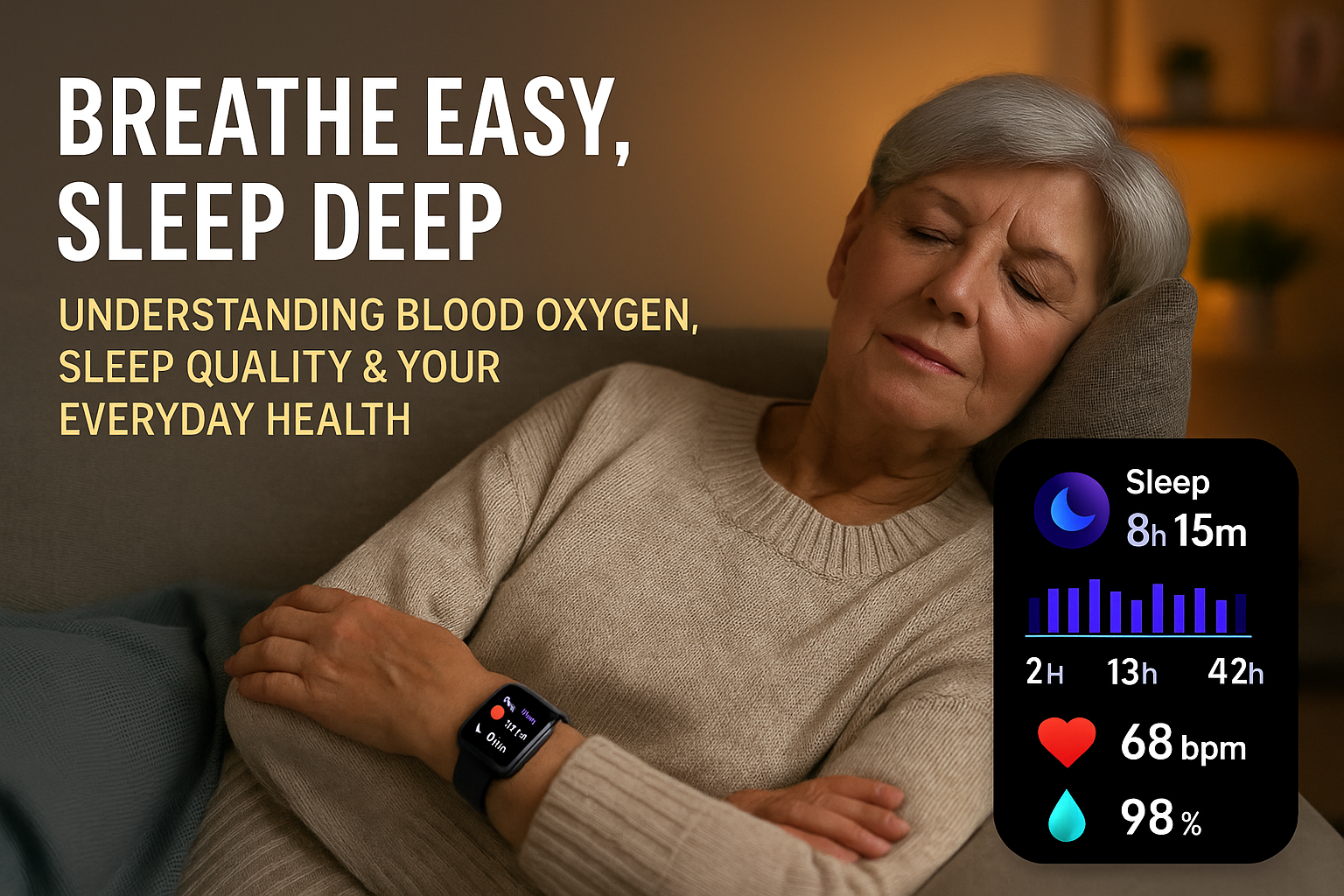Why home ECG monitoring matters
Short, in‑clinic ECGs capture only a few seconds. Irregular heart rhythms can appear sporadically and go unnoticed. A home ECG with a smartwatch lets you record a 30–60 second, single‑lead ECG the moment you feel symptoms, turning fleeting episodes into useful data you can review later.
What an ECG smartwatch actually measures
An ECG watch uses optical sensors on the back and a touch electrode on the bezel. When you sit still and touch the electrode with a finger of the other hand, the watch records a 1‑lead ECG for about one minute and saves it in the companion app as a trace with time and date.
Key benefits for older adults
- Capture the moment: Record an ECG right when you feel palpitations or dizziness.
- See trends, not guesses: Repeated recordings show patterns over days and weeks.
- Shareable reports: Export app reports or screenshots for clear discussions.
- Everyday comfort: Light device, no cables, easy to wear day and night.
Who benefits most
- Seniors 60+ who want routine checks at home
- People with a history of irregular rhythm who want to document episodes
- Anyone recovering from cardiac procedures who needs easy monitoring between visits
- Active older adults who want reassurance during walks or light exercise
How to take a clean ECG recording
- Sit down, rest your arms on a table, relax shoulders.
- Wear the watch snugly on clean, dry skin.
- Open the ECG app, touch the electrode with the index finger of the free hand.
- Breathe normally, avoid talking or moving for 30–60 seconds.
- Save the trace and add a short note such as “after lunch” or “after walk”.
Make ECG a simple routine
Daily baseline
Record once in the morning and once in the evening for one to two weeks. This builds a calm baseline you can compare against later.
Record during symptoms
If you feel fluttering, pressure or unusual fatigue, take an extra ECG immediately. Brief, symptom‑linked traces are often the most informative.
Understanding app views
- ECG trace: A time‑stamped waveform you can replay and export.
- Tags and notes: Add context such as activity, caffeine or stress.
- History: See when recordings cluster, for example only at night or after exertion.
These summaries are designed for orientation in daily life. They do not replace clinical diagnostics.
Choosing the right ECG smartwatch
- Ease of use: Clear on‑watch prompts and a readable app.
- Reliable 1‑lead ECG: Stable traces and quick exports.
- Comfort: Slim case, soft strap for day and night wear.
- Helpful extras: Heart‑rate alerts, sleep tracking, long battery life.
Kardena pick
The Kardena® CARE Pro 4 Plus offers 1‑lead ECG recordings with app storage and export, heart‑rate alerts, sleep insights and a practical everyday design. For those who also want cuff‑free blood‑pressure tracking in one device, see Kardena CARE Air 3.
Privacy and sharing
Keep control of who sees your information. Share reports only with trusted family members or your healthcare contacts, and review app permissions regularly.
Frequently asked questions
How often should I record an ECG?
Start with twice daily for two weeks to build a baseline, plus extra recordings when you notice symptoms.
Do I need a smartphone?
The recording happens on the watch. The app is useful for saving, reviewing and exporting reports.
Can an ECG watch make a diagnosis?
No. It provides helpful data for everyday orientation and conversations. Clinical diagnosis requires professional testing.
Bottom line
A home ECG with a smartwatch turns brief, hard‑to‑catch episodes into clear, time‑stamped data. With a simple routine and an easy‑to‑use watch, seniors gain practical insight and confidence in everyday life.



